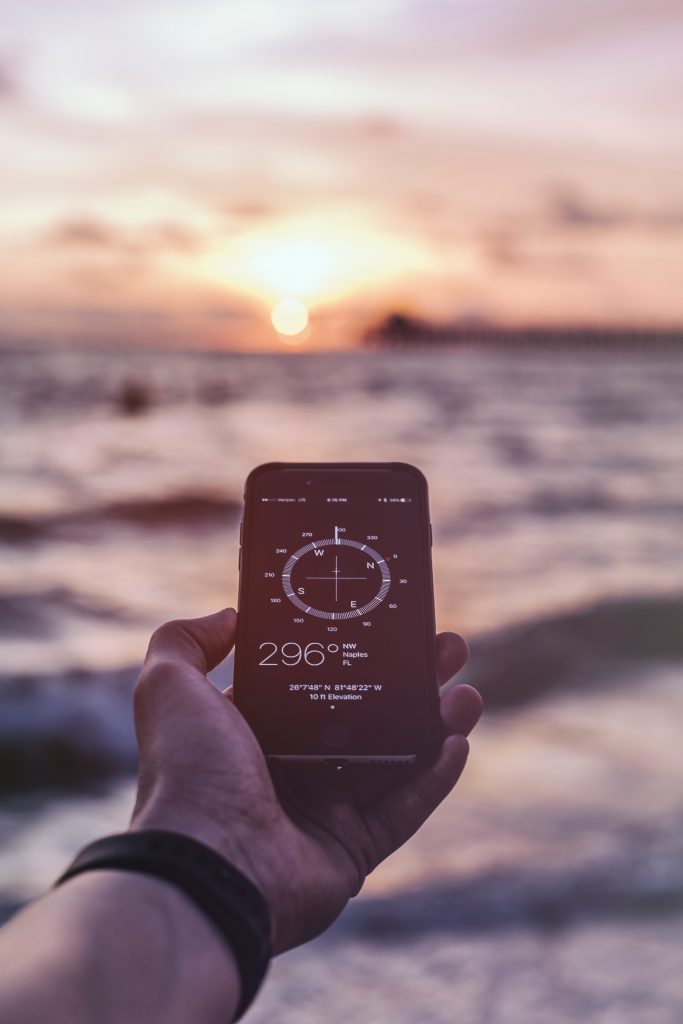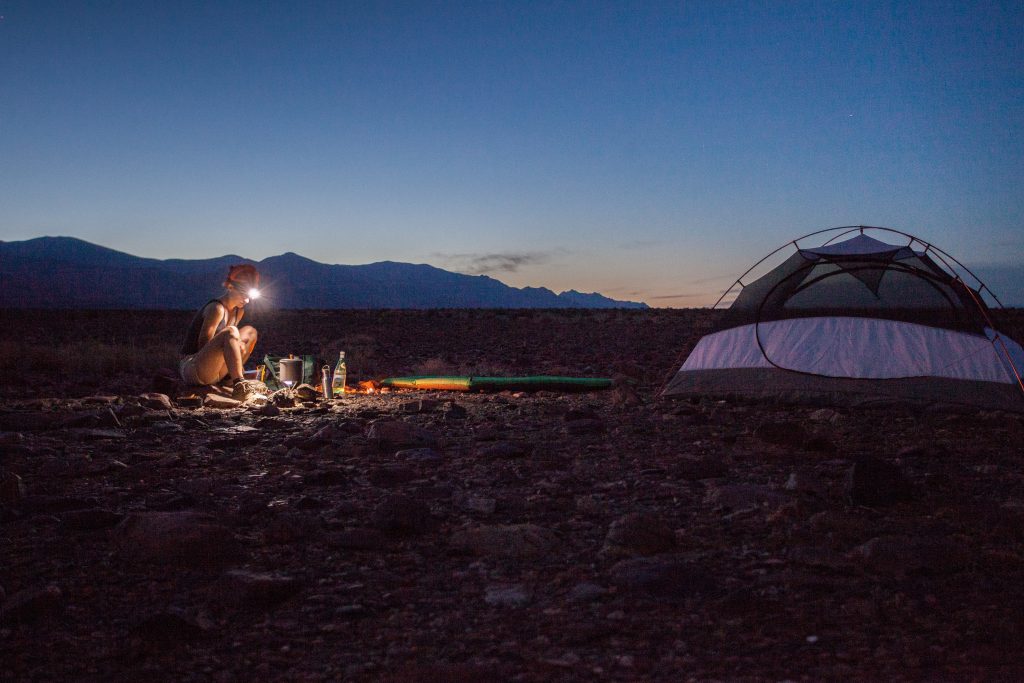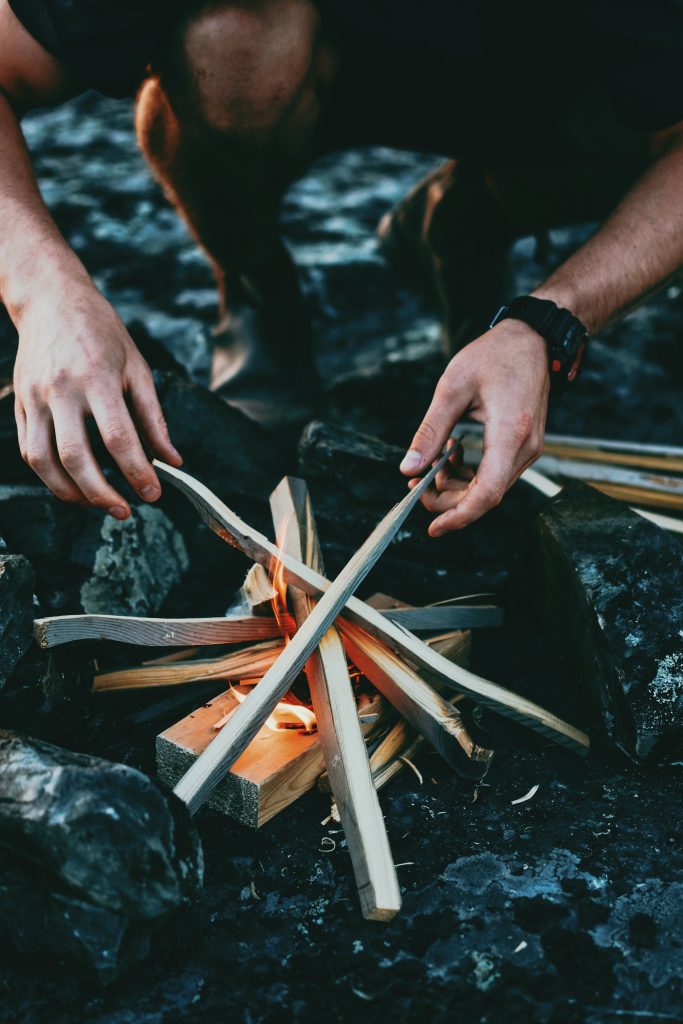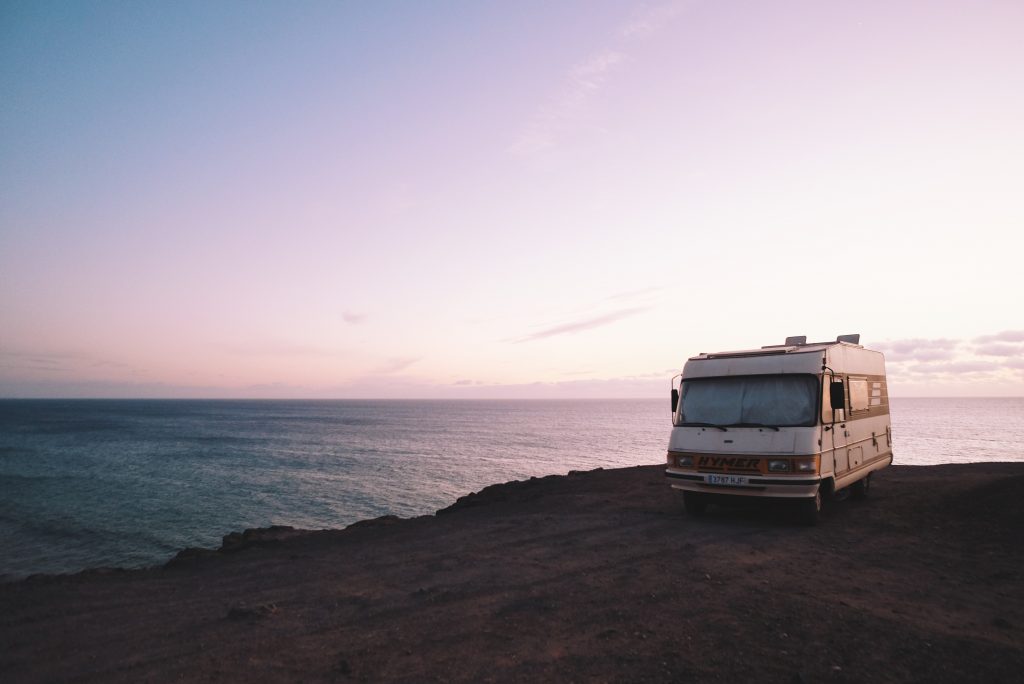In a world where information is at our fingertips, the true challenge lies not in accessing knowledge, but in preserving it for future generations. Some of you will have the wisdom and knowledge to pass on to the next generation, while others may not. Ensuring that the valuable life lessons of today are not lost tomorrow is crucial for our collective survival and growth. Here’s how to maintain and protect your knowledge effectively.
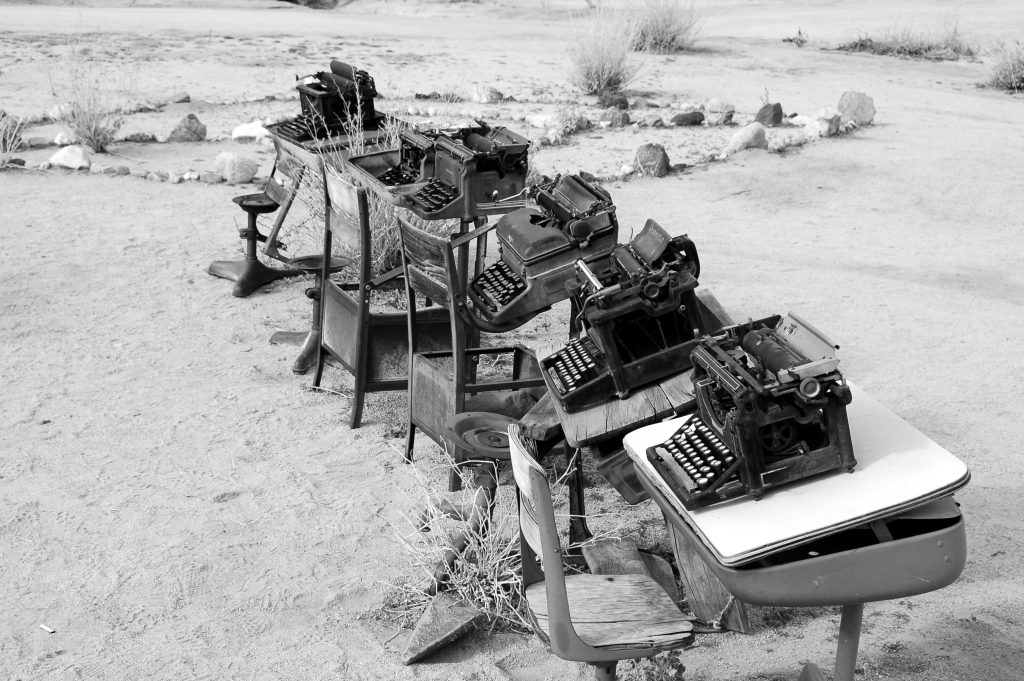
The Fragility of Digital Knowledge
In today’s digital age, vast amounts of information are stored in electronic formats. While this offers convenience and accessibility, it also poses significant risks. Digital knowledge, including images, files, and documents, can be altered or deleted with ease, leading to the potential loss of invaluable information forever. Cyber threats, technical failures, and obsolescence of storage mediums can all contribute to this fragility.
Traditional Methods of Knowledge Preservation
Historically, knowledge has been preserved through written texts, inscriptions on stone, and oral traditions. These methods have stood the test of time, ensuring that crucial information was passed down through generations. While modern society may view these methods as archaic, they provide a reliable backup to digital formats.

The Importance of Offline Logs
To safeguard against the loss of digital knowledge, it is essential to keep your own offline logs. These can take various forms, including handwritten notes, printed documents, and physical books. Here’s why offline logs are vital:
1. Permanence: Physical records are not susceptible to hacking, power outages, or data corruption.
2. Accessibility: Offline logs can be accessed without the need for electronic devices, making them invaluable during emergencies.
3. Authenticity: Physical copies are less likely to be altered without detection, ensuring the integrity of the information.

Strategies for Maintaining Offline Logs
1. Handwritten Journals: Keep a daily or weekly journal of important knowledge, skills, and experiences. Use durable materials to ensure longevity.
2. Printed Documents: Print important digital documents and store them in a safe, organized manner. Consider using acid-free paper and archival-quality ink.
3. Books and Manuals: Invest in physical books on topics of interest and essential survival and medical skills. These resources can serve as reliable references in times of need.
4. Stone or Metal Inscriptions: For extremely critical information, consider engraving it on durable materials like stone or metal. This ancient method has proven effective over millennia.
Passing Knowledge to the Next Generation
1. Teaching and Mentoring: Engage in verbal transmission of knowledge through teaching and mentoring. Sharing your wisdom in person can leave a lasting impact on younger generations.
2. Community Workshops: Create and participate in community workshops focused on essential skills and knowledge. These gatherings can foster a culture of learning and preservation.
3. Family Traditions: Incorporate educational activities into family traditions. Storytelling, hands-on projects, and collaborative learning can instill valuable knowledge and skills.
In a rapidly changing world, the preservation and transmission of knowledge are paramount for survival and progress. By recognizing the vulnerabilities of digital knowledge and adopting robust offline practices, we can ensure that the wisdom of today is not lost but instead enriched and passed down to future generations. Remember, the key to enduring wisdom lies in a balanced approach that embraces both modern technology and time-honored traditions.










